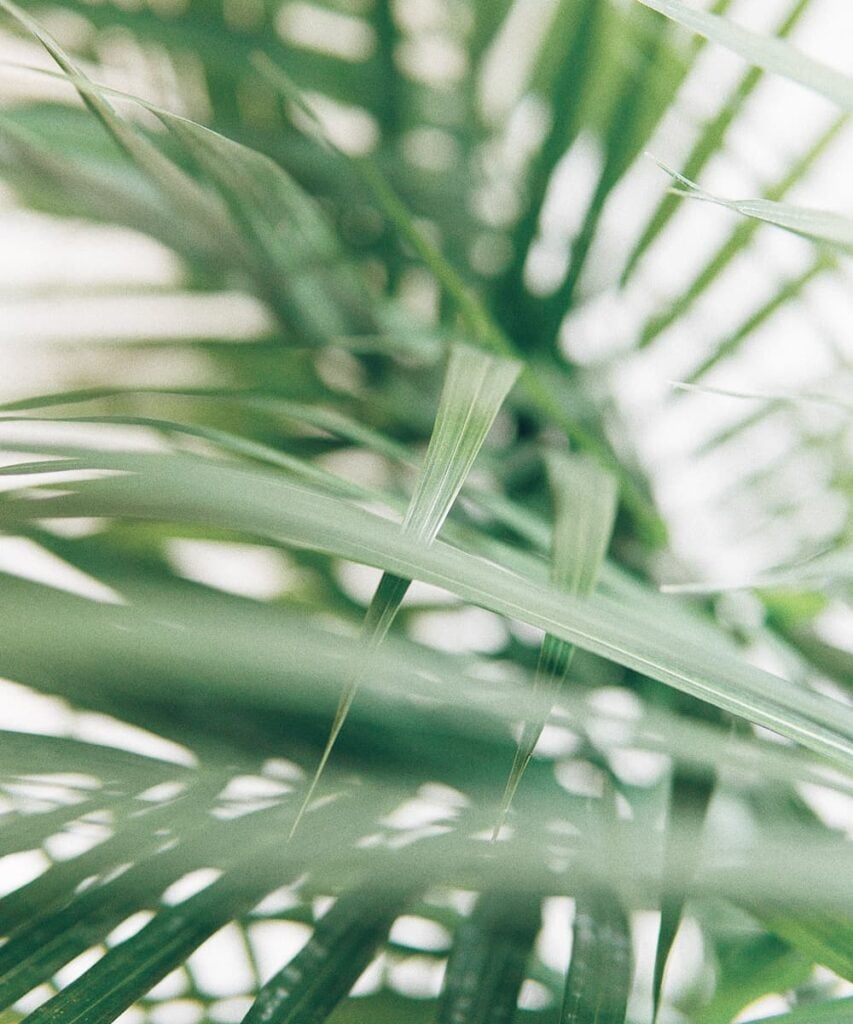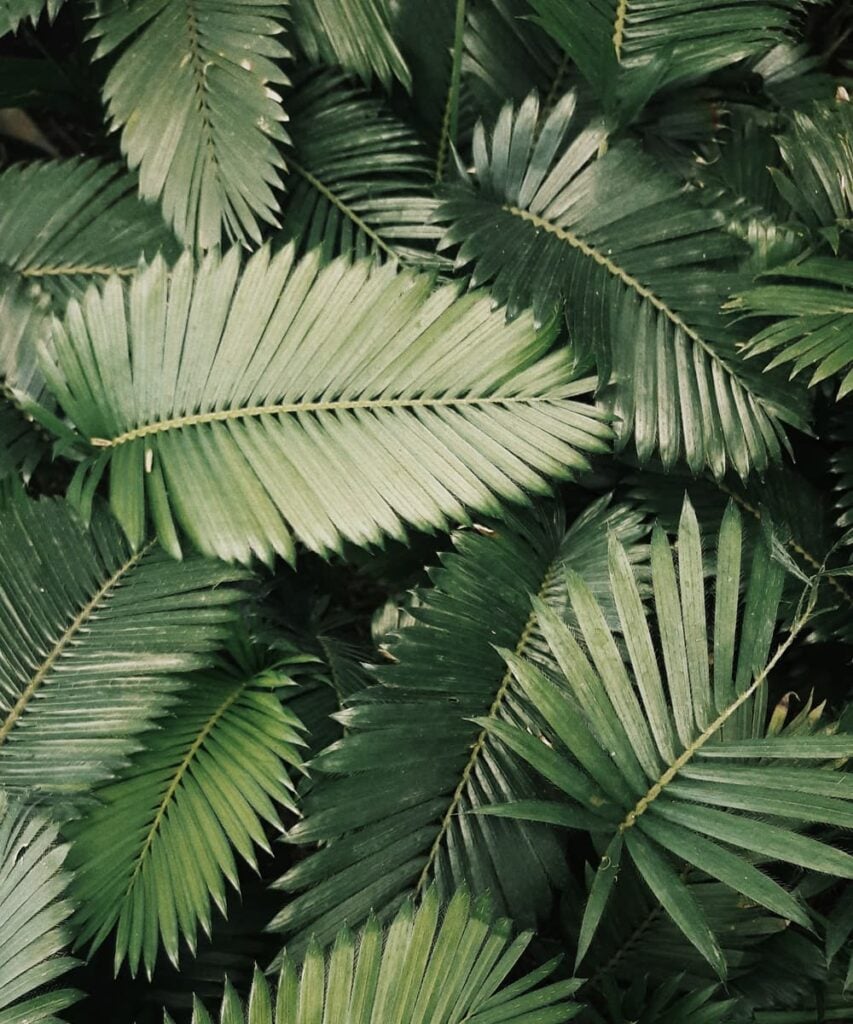Everything You Need to Know about Palm Care

Palms are a group of plants that include different species from all over the world and each has its own diverse needs. They are robust, low maintenance and add as a classic collection. In addition to their role as landscape trees in warmer climates, palm trees can be distinctive and wonderful indoor plants. Check out our Palm collection.
Palm Care
A good rule of thumb, if you want healthy palms, is to make sure you feed them frequently—whether you’re growing them indoors or outdoors. How to best display your palm depends on its specific size and growth habit. Let’s discuss Palm Care.
Light
One of the reasons why Palms are the first choice as houseplants is that they can easily adapt to low-light conditions. Most palms prefer shade and may fail to thrive if they are exposed to too much direct sunlight. Low-light palm species prefer bright indirect light but also can tolerate less light, especially during the winter months.
Soil
The best soil for palm plants is a loose, porous mixture, like a combination of peat moss, leaf mould, and shredded bark. You can buy a cactus or palm soil mixture specifically made for growing palm plants—otherwise, they will grow just fine in a general-purpose commercial potting soil. If you’re someone who tends to forget to water your plants, mix some peat moss or vermiculite into the general-purpose potting soil to help retain moisture.
Water
Drainage is an important factor when talking about Palms. Just because Palms live in tropical regions does not mean they enjoy being waterlogged. Never let a palm’s root ball sit in water and allow the plant’s soil to dry out in-between watering. You can also choose to plant your palm in a vessel made from terracotta or clay to help wick excess moisture from the soil.

Temperature and Humidity
Few palms will thrive in truly cold temperatures, and some, like the coconut palm, cannot tolerate any cold at all. Cold-hardy palms include the parlour palm and kentia palm, which explains why these are among the most popular indoor palms. As a general rule of thumb, palms prefer temperatures no lower than 10°C.
Fertilizer
In order to have a healthy Palm, feed it regularly during its growing season. It would be best to choose a palm fertilizer.which contains all the required micro-nutrients for a healthy palm, as well as extra potassium and manganese. Potassium deficiency is especially common in palms and can result in yellowing or brownish fronds. If you notice your palm turning, it may be time to increase your feedings.

Common Problems
- Symptom: Ganoderma Root & Butt Rot
Cause: The fungus, Ganoderma Zonatum. - Symptom: Brown leaves
Cause: Under-watering. - Symptom: Yellow leaves
Cause: Not enough nutrients in the soil / improper fertilization. - Symptom: Leaf spots
Cause: Fungi. - Symptom: Frond yellowing
Cause: Aphids.
There are about 2,600 species of palm trees spread over 181 genera within the Arecaceae family of plants. Most are tropical or subtropical in origin, native to spots like South America, Asia, and the Caribbean. Most palms can be distinguished by their large, compound, evergreen leaves (known as fronds) that are arranged at the top of an unbranched stem.
It is tempting to think of palm trees as purely tropical plants—give them plenty of sunlight and water and they will be just fine. However, there are also desert varieties that will drown from too much water and still other varieties that cannot thrive without fertilizer. Careful research on the particular species of palm you end up choosing is essential to growing it successfully. As a general rule of thumb, most palms can be planted in the early spring and will grow slowly, often adding less than 10 inches of height a year.
Palm care reference: TheSpruce
